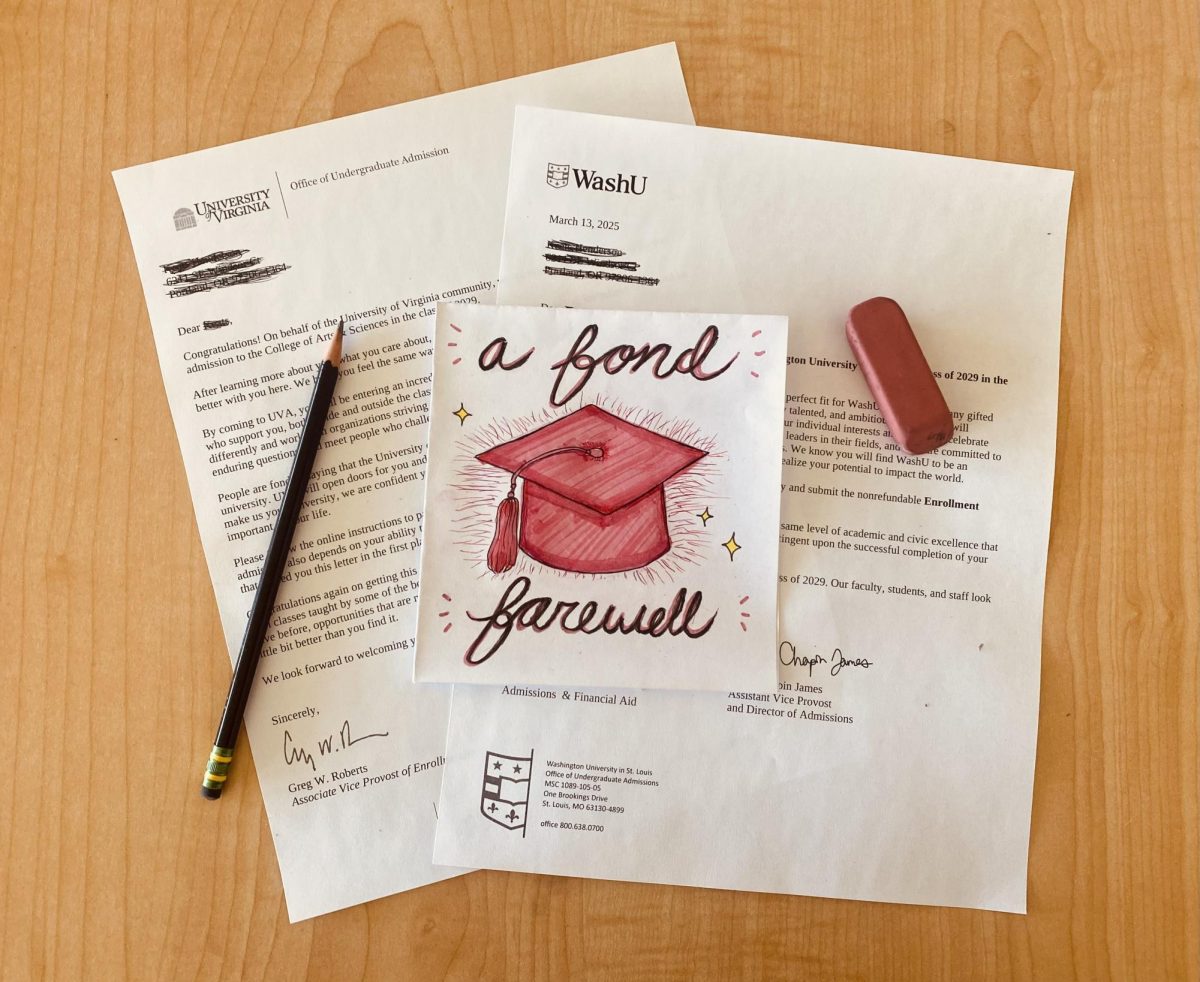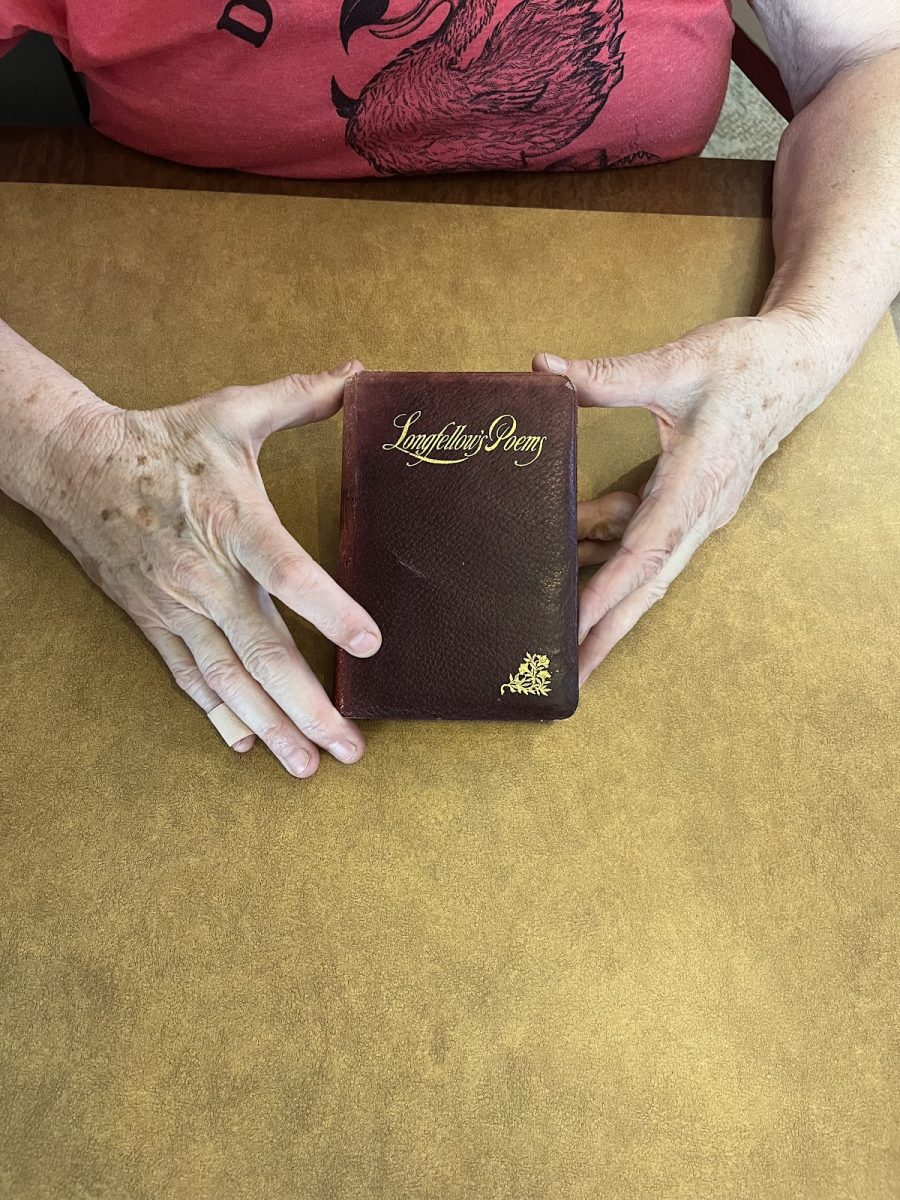
Part of the Common App page for a school whose application fee is $70. Fees like this can be difficult and frustrating for students to pay, particularly if they are applying to multiple schools with such fees.
If you’re a senior, you understand how anxiety-inducing applying to college can be. The stresses of supplementary essays, letters of recommendation, and test scores needed in order to apply to schools are plenty to worry about, without having to also think about what it costs to have your application sent in and reviewed by the admissions team. College is expensive enough while you’re enrolled, so why should you have to pay to even have your application considered?
It’s recommended that students apply to six to eight colleges during their senior year of high school. Students are told to apply to roughly two safety schools, three “target” schools, and two reach schools. Applying to a school does not necessarily mean that you will get in, however, but you will likely have to pay the application fee nonetheless.
Let’s say you get into both of your safety schools and two of your target schools. That leaves three schools who did not admit you, but all three of those schools benefited from your desperate hopefulness. None of those schools will be your alma-mater, yet your application fee, along with those of all the other rejected or admitted applicants, will fund the school and assist it in creating a fun and educational environment for all of its students, but not for you.
Along with the actual application and essay, many schools require you to send them your SAT and/or ACT scores. This also costs money, which will go directly to either College Board or to ACT respectively. Both organizations do offer a limited window of time in which you can send your test scores to colleges for free, but most commonly students take these tests during their junior year, often before they know which colleges they are interested in applying to the following year. The free test sends do not offer much help unless you are certain which colleges you are going to apply to. College Board charges $12 for each score you send after the “free test send window” closes, and ACT charges $13.
William Hammond (12) has applied to two schools already this fall and plans to apply to up to nine more later in the year. He is applying to most of his schools through the Common Application and many of them require test scores to be sent in. “I had used my free [score] sends when I signed up to take the tests, but I didn’t know which schools I would be applying to [at the time],” he said. This is an all too common occurrence, as many students don’t start thinking hard and definitively about college until they are bombarded with adults telling them they need to know what to do with their lives, a typical message received in the fall of their senior year.
With the price of application submissions ranging from $25 to $85, some students have to pick a smaller pool of schools to apply to. “If I had to cover the costs [of applications] myself, or if my parents were less able to pay for applications, I would be applying to far fewer schools. If I had to pay [by] myself, I would probably be applying to five or six schools max,” said Hammond. Although $25 does not seem like much for one application, that quickly adds up and if you apply to the recommended amount of schools, you’re looking at a bill close to $200, and that’s only if every school had their application on the low end of the average cost.
Cost is an enormous factor in almost anyone’s college decision, but why should it be a deciding factor in such a baby step on the path to higher education? Students should not have to pay to apply to schools, since they will be paying a hefty tuition once they are actually enrolled in whichever college they choose to attend. At the least, they should be refunded if their application is rejected by the admissions team. It is not fair to have to pay money to fund a school you will not attend. It is not even very fair to have to pay money to fund your future college, months before you will even step foot on campus during move-in day. Some people can afford the costs of applications to as many schools as they want, but others cannot. While some institutions do offer application fee waivers, many students do not know how to get them, so they are forced to pay the full price, which puts a limit on how many schools they and their families can afford to apply to. Colleges and universities should stop charging prospective students to apply to their institution, but until this happens, students should contact admissions offices to ask how they can receive an application fee waiver. To combat the cost of sending test scores, students should compile a list of schools they are interested in before they take the SAT or ACT, in order to take full advantage of the free sends they have. College is expensive enough as is; do we have to make the application process so spendy too? When students are faced with a million different factors to consider when choosing a college, the cost of application should not be one to fret over.
PC: Delaney Griffin
Part of the Common App page for a school whose application fee is $70. Fees like this can be difficult and frustrating for students to pay, particularly if they are applying to multiple schools with such fees.
































